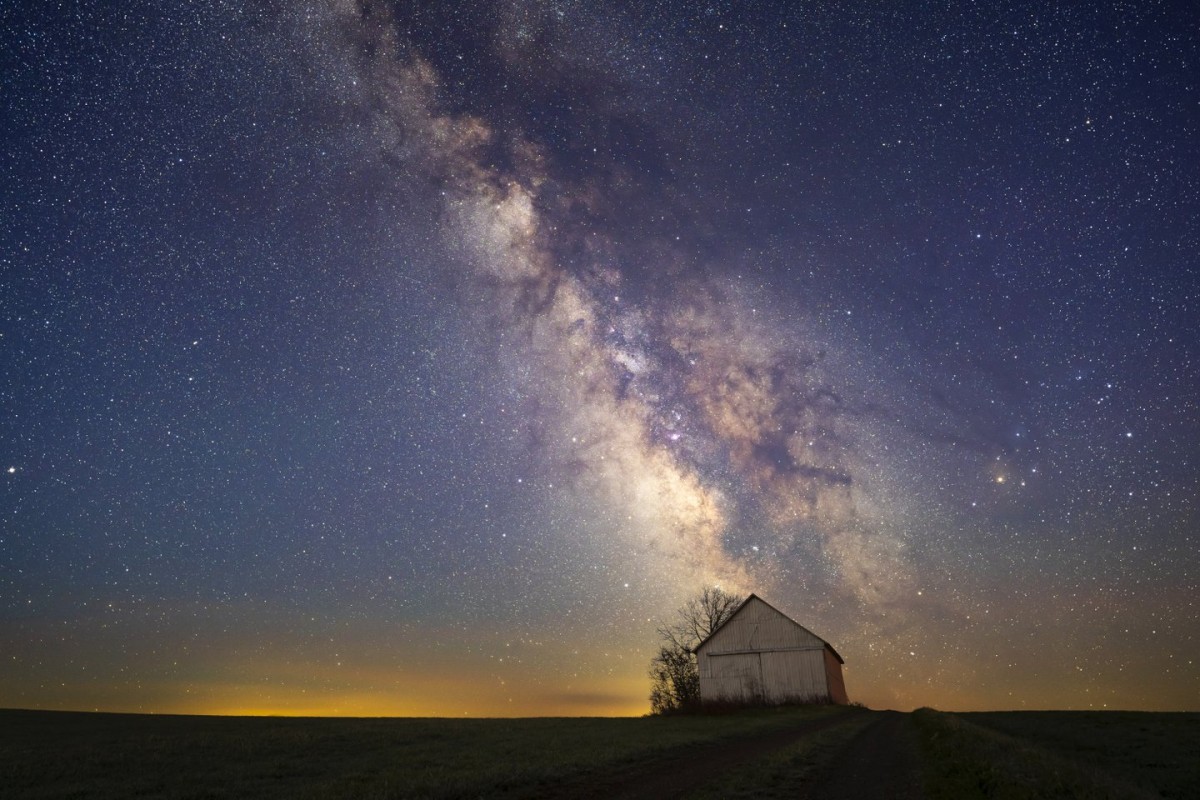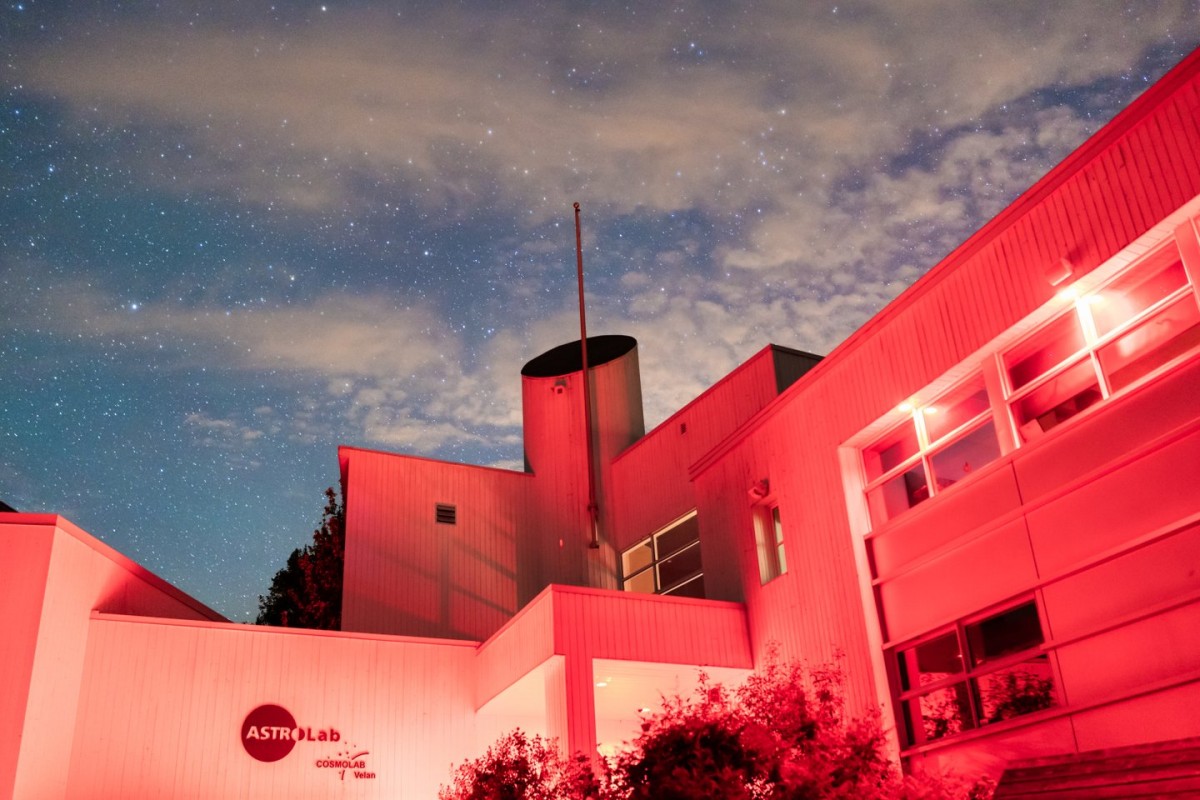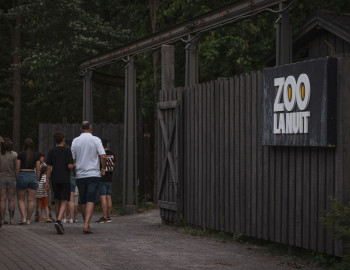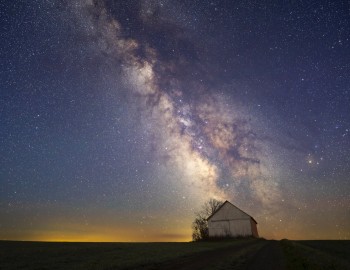Treat yourself to massages, body treatments, Nordic baths and other sensory delights.


THINGS TO DO
Your Townships adventure starts here.
Spa & Wellness
Treat yourself to massages, body treatments, Nordic baths and other sensory delights.
Arts, Culture & Heritage
Let your imagination run free at galleries, theatres, museums and workshops.
Shopping
Scour our markets, boutiques and other hidden gems to score incredible finds.
Restaurants
All are sure to please even the most discerning of palates. Bon appétit!
Events
Discover our cultural vitality with a wide range of special events.
Skiing
To each mountain its experience! Skiing or snowboarding, you will love hitting the slopes, whichever the ski resort you will vote for!
Snowshoeing
Explore our great outdoor spaces at your own beat. Let yourself be charmed by our landscapes. And breathe!
Cross-country Skiing
Cross-country skiing in the Townships … at your pace and your level!
Fatbike
Discover our numerous trails as you enjoy pedalling on the snow.
Where to stay
Lodging options to suit any taste and budget.
Hotels & Country Inns
Stunning locations and outstanding service come together for a bliss-inducing stay.
Bed & Breakfasts
Get up close and personal with life in the Townships.
Off the Beaten Path
Think outside the box with out of the ordinary accommodations.
Cottages & Condos
Custom comfort near the city or in nature.
Campgrounds
Abundant amenities in the heart of nature.
Vacation Centres
Kick back and relax as a family with all-inclusive vacation options.
Other Types of Lodging
Experience something different by choosing unique lodging.
Lodgings with Spa Options
Plan a stay in an accommodation with a private spa or a treatment center. Relaxation guaranteed!
Hikers Welcome
If you, like thousands of visitors annually, plan on hiking in the region, know that your efforts will be rewarded by our world-class hospitality.
Pet Friendly
Don’t want to leave your four-legged friend behind? Book a stay in some of the region’s many dog-friendly digs and you won’t have to.
The Townships
The Townships possess a rich heritage that you will discover everywhere on its nine territories, in its towns and villages, its Coeurs villageois, etc.
Not to be missed
What is it that draws visitors to the region, year after year? Find out here :
Cœurs villageois
Visit our Cœurs villageois – charming communities that truly characterize the spirit of our region.
Towns and villages
Explore our lively, welcoming towns and villages with their heritage architecture and fascinating histories.
Nine territories to discover
Each territory has a distinct personality and a wealth of hidden treasures just waiting to be discovered!
The Townships at a glance
Here’s a glimpse of the region, a few historical notions, and numbers.
Tourist routes
Hit the road! The region has several tourist routes designed around different themes – heritage, scenic landscapes, wine….
National and regional parks
Four national and two regional parks – an outdoor paradise in the fresh air, each and every one!
Taste the townships
Here, in so many ways, you’ll enjoy all kinds of gastronomical experiences! When you discover our unique products and our highly renowned tables, you’ll love us forever!
Restaurants
Every time you sit down at one of our tables, you’ll experience a truly special moment. Savour it!
Cafés de village
Visit our Cafés de Village and discover each one’s specialties while meeting the most welcoming and friendly people.
Créateurs de Saveurs Products
You can rely on our food producers who put as much love as delicious flavours into everything they plant and produce.
Vineyards
The Route des vins de Brome-Missisquoi, the Route des vins de l’Estrie, and about twenty other vineyards… The Townships region proudly honours its title of being the first wine region of Quebec.
Microbreweries
The region counts more than twenty microbreweries! Just like the people who run them, each one has established their own strong, unique personality and … extremely inviting character!
Cheese Factories & Dairy Producers
goat’s milk… Here you’ll savour rich artisanal cheeses. Some you already know, many others you’ll enjoy discovering.
Sugar shacks
Enjoy a traditional meal and maple taffy on snow.
Restaurants Saveurs Cantons-de-l’Est
These restaurants prioritize local producers and offer dishes made with regional ingredients, providing an authentic experience of the Eastern Township terroir.
Foodie’s Maps
Brasseurs des Cantons and Têtes fromagères are two gastronomical circuits highlighting our microbreweries and cheese factories.
Gourmet Itineraries
Plan your stay by offering yourself a wealth of flavours. Consult our getaway ideas.
Weekend and Trip Ideas
Discover our activities suggestions, getaway ideas and itineraries in the Townships.
Family Outings
Find loads of ideas for memorable family outings!
Romantic Getaways
Outings, restaurants, spas, weekend ideas… Suggestions for spending some precious moments together.
Outdoor Activities
Snowshoeing, skiing, fatbiking, tube sliding... Without a doubt, all outdoor enthusiasts are sure to find something to do here!
Wellness Experiences and Spas
Let us help you take care of yourself.
Itineraries
Whether for two, with your family or with friends, here you will find a ton of suggestions for planning perfect getaways!
Blogs and articles
Our collaborators have tested several different adventures … and have approved!
Townships Ambassadors
Meet inspiring locals, discover their favourite spots and get their best insider tips!
Coeur villageois
Visit our Cœurs villageois – charming communities that truly characterize the spirit of our region.
Towns and Villages
Explore our lively, welcoming towns and villages with their heritage architecture and fascinating histories.
Guide and Maps
View our guide and maps online or order your free copies.
Updated on Jul 28, 2025
In the Eastern Townships, there are two “starry sky” reserves where the celestial canopy is protected from light pollution. Star-gazers - man your telescopes!
Carolyne Parent
As is the case with wildlife reserves and other national parks dedicated to conservation, a starry sky reserve is an area protected from the light produced by residences and other manmade structures. In other words, a reserve allows people to observe the universe in its natural state.
To encourage the creation of such reserves, a couple of organizations – the International Dark Sky Association (IDA) and the Royal Astronomical Society of Canada (RASC) – recognizes the work of local communities that have put in place measures to limit light pollution and improve the quality of observing the heavens. It so happens that two of those sites are situated in the Eastern Townships.
In 2018, for example, the RASC designated Au Diable Vert (a mountain resort in Glen Sutton) as a Dark-Sky Site – the 21st such site in Canada. The resort, for its part, has committed to protecting the area around it from light pollution.

Jeremy Fontana, the owner of Au Diable Vert, says that of the 88 known constellations, 35 can be observed from his property! One of the resort’s prime attractions - ObservÉtoiles – takes full advantage of this unique fact, courtesy of its location in a pitch-black corner of the region and the use of augmented reality high-tech headsets. Star-gazers sit in an outside amphitheatre with heated seats, where they can observe the night sky in all its spectacular glory!
“After chatting to thousands of visitors,” explains Fontana, “I realized that they had lots of questions about the night sky – whether something was a planet or a star, why stars twinkle and so on – so I started researching ways in which we could learn a bit more.”
Those questions and Fontana’s research gave birth to the idea of superimposing illustrations of the constellations dating back to the 17th century. To that was added a brief history of the stars, a musical soundtrack and a live broadcast about sidereal motion (movement of the stars) from a specialist – turning the observation of the heavens into a mind-blowing experience!

The other Townships’ site that illustrates the battle to preserve a dark sky is Mont Megantic National Park. The IDA designated it as an International Dark Sky Reserve in 2007 – the first such designation on the planet! Other sites have been identified around the world, from Ireland to Namibia.
In his book De la Terre aux étoiles (From the Earth to the Stars) Sébastien Giguère, the education manager at ASTROLab, stated that as far back as 2003, the need to protect the night sky became more and more evident. He noticed that the amount of light had more than doubled since 1978 when the observatory at the top of Mont Megantic was established. In order to safeguard the future of the centre’s scientific observations, it became necessary to counter the excessive use of artificial lighting around the region.
He writes that more than 3,300 street lights were replaced all the way to Sherbrooke, reducing light pollution by around 35% and resulting in an energy saving of close to 2 gigawatt hours.
These light-reducing moves to create an island of blackness in the park have made for exceptional conditions to observe the night sky. Nowhere will this be more evident than from August 9-11, during the “Perseid evenings” (meteor showers). Don’t miss this fantastic display of celestial beauty!
Take a look at these 5 places to see Perseids in the Eastern Townships.

Family fun
7 Townships Activities to Do at Night
Nature, sports and outdoor activities
5 Places to See the Perseids in the Eastern Townships
Restaurants
Restaurants Made for a Delightful Evening
Filters
X






